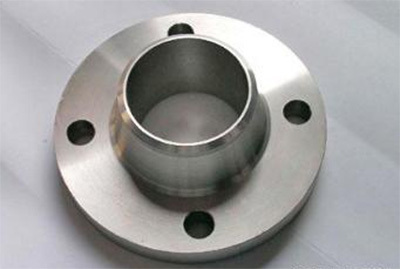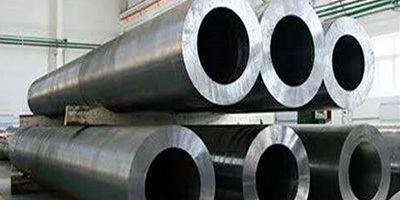
Introduction to the Necessity of Galvanizing Flanges
Release time:
20 Jan,2025
Flanges are one of the most important components in chemical production pipeline systems, serving as connecting parts between shafts for connecting pipe ends. The quality of the flange directly affects the sealing of the flange connection, and the quality of the flange is determined by the flange material and the processing methods used in flange production. However, have you noticed that many standard flanges undergo a galvanizing treatment before leaving the factory? What is the reason for this? Below, Ransheng Pipeline will help you understand galvanized flanges.
Galvanized flanges are generally made of carbon steel. Carbon steel flanges are cost-effective, but they are not as corrosion-resistant as flanges made of stainless steel or alloy steel. To achieve corrosion resistance, extend their service life, and save costs, galvanizing is usually employed.
The advantages of galvanized flanges are:
(1) Galvanizing allows every part of the galvanized piece to be coated with zinc, forming a special metallurgical structure. This structure is not significantly affected by mechanical damage during transportation and use, and even in dents, sharp corners, and hidden areas, it can be fully protected. Therefore, the durability of the coating is quite reliable; generally, in suburban environments, the standard thickness of hot-dip galvanized rust-proofing can last for over 50 years without needing repairs; in urban or coastal areas, the standard hot-dip galvanized rust-proof layer can last for 20 years without needing repairs.
(2) The galvanizing process is quicker than the application of other coatings, and it avoids the time required for painting on-site after installation. The cost of hot-dip galvanizing is relatively lower.
Galvanized flanges can be classified based on production and processing methods: hot-dip galvanized flanges, cold galvanized flanges (electro-galvanized flanges), etc. Different processing methods for galvanized flanges result in different characteristics and applications for the finished galvanized flanges, such as:
(1) Hot-dip galvanizing involves immersing rust-free steel parts in molten zinc at around 500°C, allowing a zinc layer to adhere to the surface of the steel components, thus achieving corrosion resistance. It is an effective method of metal corrosion protection. The corrosion resistance of hot-dip galvanizing lasts long, but varies in different environments: 30 years in urban areas and 13 years in heavy industrial zones. Therefore, hot-dip galvanized flanges are mainly used in metal structural facilities across various industries.
(2) Cold galvanizing refers to electro-galvanizing, which can be white zinc, blue zinc, or other materials. Electro-galvanized flanges have a smooth appearance, free of zinc lumps and burrs, and are silver-white; the thickness is controllable, with no hydrogen embrittlement or temperature hazards, ensuring that the mechanical properties of the material remain unchanged. They also have good corrosion resistance, strong surface oxidation resistance, wear resistance, simple operation, and convenient installation, making them suitable for the corrosion protection of various steel products and structures.
That concludes the explanation of the reasons for flange galvanizing and an introduction to the processing methods of galvanized flanges. I hope everyone can understand this and correctly choose the appropriate galvanizing method to achieve corrosion resistance.

Previous Page:
Related News
Flange Standards and Selection Methods
20 Jan,2025
What is free forging of forged flanges?
20 Jan,2025



